The world is a big, wonderful place full of facts we never thought possible. For instance, if a pregnant mouse has a sudden medical issue, the fetus will send stem cells to heal the mother, increasing its chances of survival as well. Fetal stem cells have been found in human mothers as well, dubbed by science as microchimerism.
Bright Side dug up some more marvelous facts about nature and its creations, upholding our yearly resolutions to spread knowledge and joy.
1. The heart slows when your face touches water.
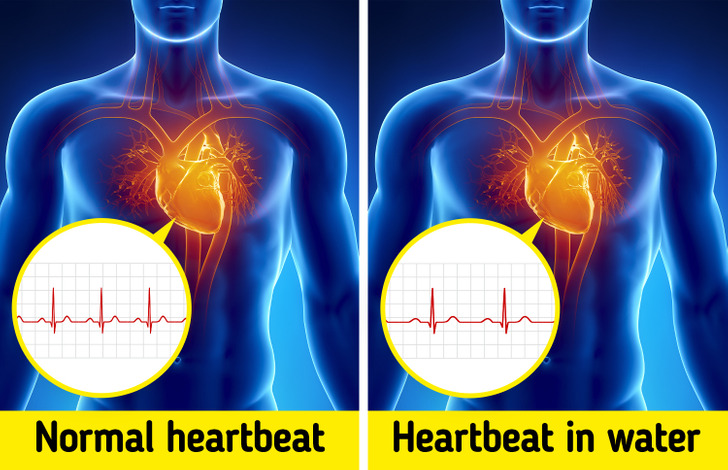
As mammals, we can’t breathe underwater, so as part of the mammalian dive reflex, our heart rate goes down in the water — more so if we go underwater. Even splashing the face with water makes the heart slow down, making it a great way to calm down.
2. Fungus can break down plastic in weeks.
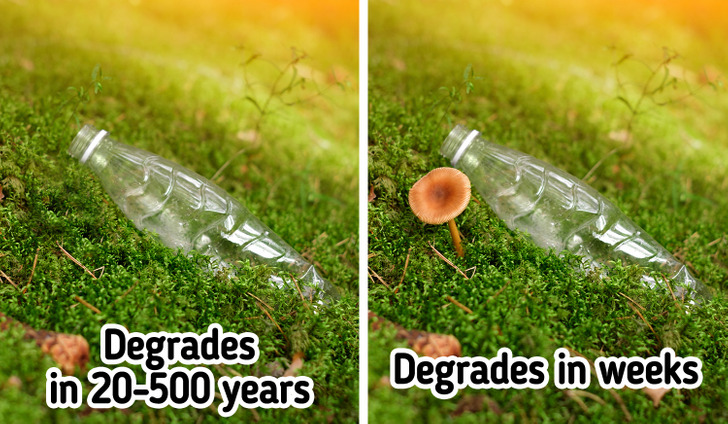
It is said that in the future, there may be more plastic in the ocean than fish. This is why the plastic-eating fungus is great news, and there are around 50 new species of such fungi discovered already. One of the fungi discovered can digest plastic within 2 months, so there’s hope for us yet.
3. Newborn babies can support their own weight.

Newborn babies are strong — strong enough to be able to grasp things in their tiny fists and even support their weight as shown by an experiment done in the nineteenth century. Louis Robinson witnessed babies able to hang from a walking stick, from 10 seconds to 2 minutes and 35 seconds.
4. Koala fingerprints have been mistaken for human ones.
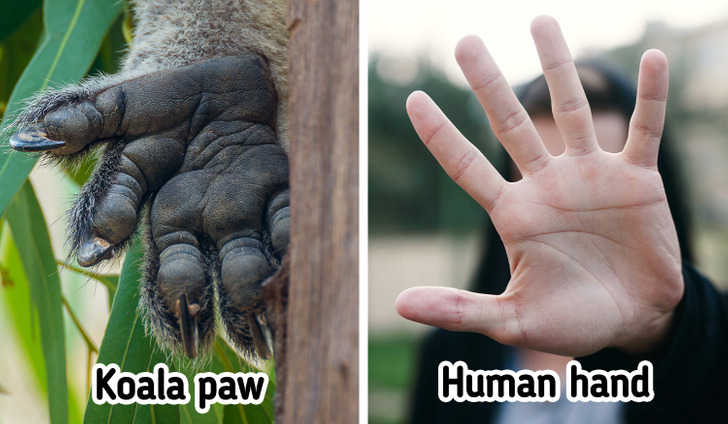
We’ve been told that our fingerprints are unique, and they are. But the fact remains that even though we share a common ancestor with the koala that was alive 100 million years ago, koala fingerprints look very similar to human fingerprints, as do chimpanzee fingerprints for that matter.
5. Snails can sleep for 3 years.
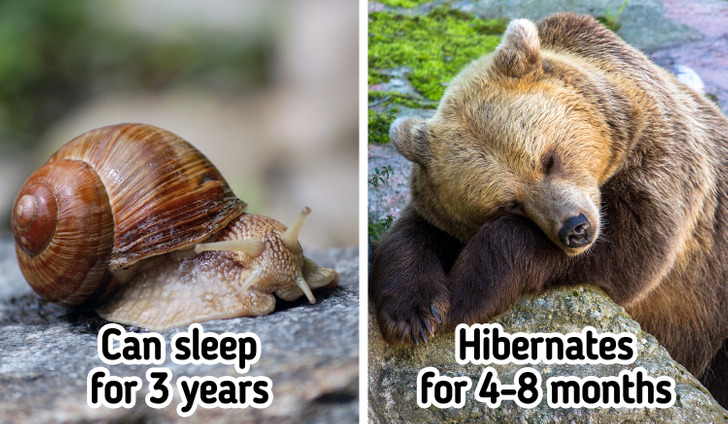
If you thought bears had it good with hibernation, meet the snail. Snails can sleep rather than hibernate for 3 years at a time without needing food. Of course, this is with some snail species, not all of them. Meanwhile, bears usually hibernate for just 4-8 months.
6. Sloths need 2 weeks to digest food.
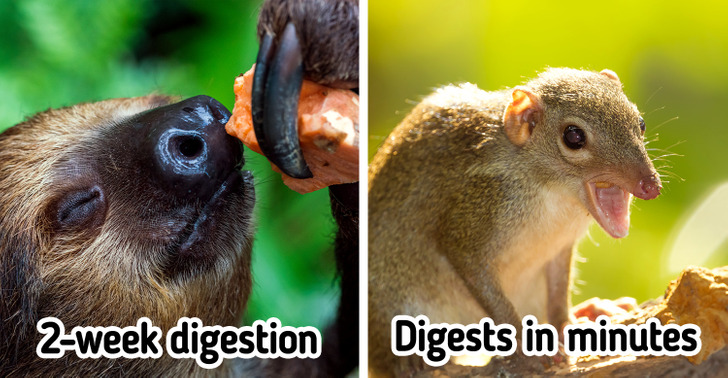
Sloths don’t only move in slow motion — even their insides move slowly, ostensibly to preserve energy, which is why a sloth’s digestive system takes 2 weeks to process the food it ate. Plus, most of what it eats is indigestible, giving it very little energy from each slowly chewed mouthful.
On the other end of the spectrum lies the shrew, whose digestion takes mere minutes and is done so fast, not much of it is fully digested. This is the reason why shrews eat their own feces. They can die of starvation in a matter of hours if they don’t eat.
7. Your brain ignores seeing your nose.
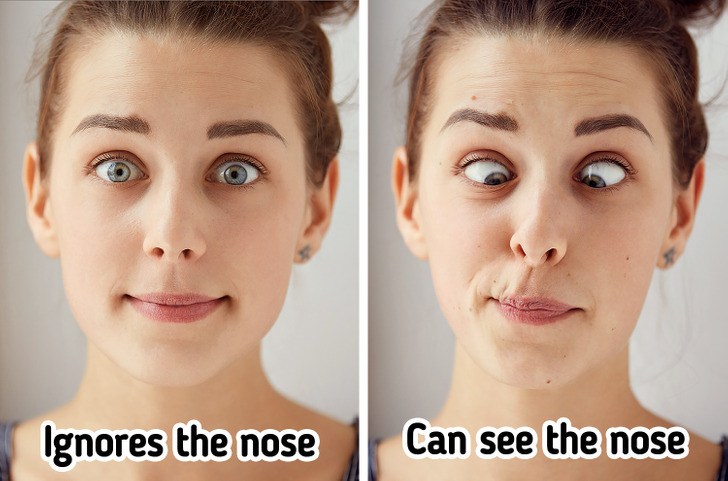
We can see our nose all the time, it’s just that the brain tends to ignore it because it’s a constant visual stimulus. It’s the same with people who wear glasses. After a while, they simply stop noticing them.
8. Your forearm is the same length as your foot.
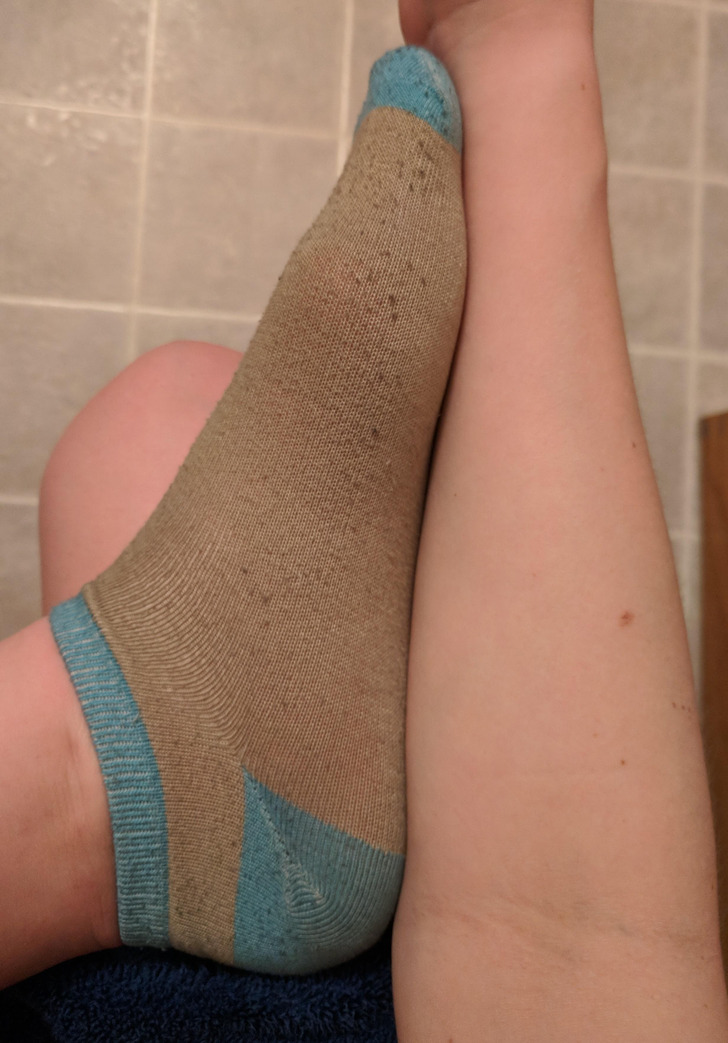
If you don’t have the time to try on a shoe, measure it from your elbow crease to your wrist. If it fits or is just a little smaller, it would fit your foot because the length of your forearm is the same as your foot. And this is just one of many human body ratios that are a marvel in themselves, including the fact that your femur bone is one-quarter your height.
9. You can “see” your white blood cells.

If you look up at a cloudless, bright blue sky and see some wiggly things at the periphery of your vision, you’ve just experienced the blue field entoptic phenomenon. The wiggly things are white blood cells moving in the fine blood vessels moving in front of the retina, at the back of the eye.
10. Human beings have striped skin, but only cats can see it.
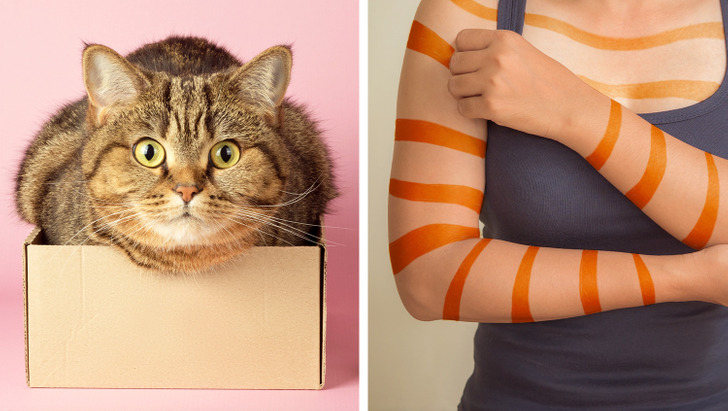
Human beings have stripes and patterns on the skin too, and they are called Lines of Blaschko, name eponymously by the scientist who discovered them, Dr. Alfred Blaschko. These are closer to tiger stripes, forming more of a V-pattern fanning out from the center to the extremities. These lines are visible under UV light, a spectrum that cats can see too, which is why cats can see you as a striped being as well.
Which of these facts turned out to be a revelation for you? Share your extreme nature facts with us and blow us away.
Preview photo credit Shutterstock.com, Shutterstock.com
9 Celebrities Whose Bodies Are Close to Perfection, According to Science
For ages, the golden ratio, also known as the divine proportion, has fascinated creative minds like artists, architects, and mathematicians. Its mysterious presence in both nature and art adds to its allure. When applied to the human body, this ratio highlights certain proportions that are considered visually appealing. While this mathematical formula suggests ideal proportions, what truly inspires us are the stories, personalities, and accomplishments of the individuals embodying these proportions.
9. Salma Hayek — 88%

Salma Hayek’s beauty is like a beautiful melody composed of various enchanting elements that come together effortlessly, creating a timeless charm that never fades. Her unique features, including her intense gaze and graceful smile, exude both sophistication and liveliness. However, her beauty isn’t just skin deep; it’s also reflected in her unwavering confidence.
This confidence shines through, adding to her external allure and making her a captivating presence in the world of beauty. Whether she’s on-screen or attending public events, Salma Hayek’s beauty is a perfect blend of her individuality, magnetic personality, and enduring elegance, captivating people’s hearts around the globe.
8. Elle Macpherson — 88.3%

Elle Macpherson is celebrated for her enduring beauty and impressive figure. With her glowing complexion, striking blue eyes, and iconic blond hair, she embodies elegance. Yet, her beauty isn’t solely skin deep. Macpherson’s dedication to health and fitness plays a significant role in maintaining her remarkable physique. As both a thriving model and entrepreneur, she serves as an inspiration by promoting a holistic approach to beauty, emphasizing the significance of nurturing both inner and outer wellness.
7. Cameron Diaz — 91%
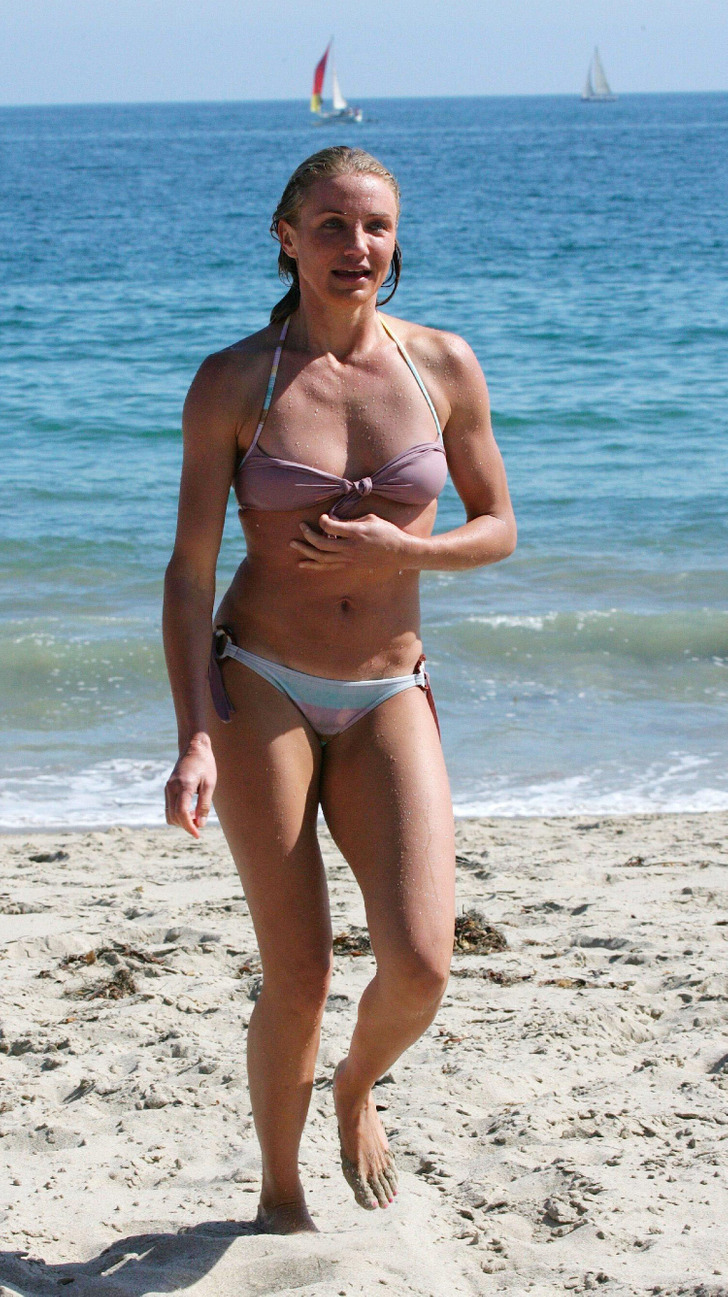
Cameron Diaz embodies a lively and genuine beauty that connects with people on a deep level. Her contagious smile, lively eyes, and beautiful blonde hair are what make her stand out. But it’s not just her looks that draw people in; Diaz’s confidence and down-to-earth nature add to her charm. As a well-known actress and supporter of body positivity, she encourages others to embrace their individuality. Diaz’s beauty isn’t just skin deep; it reflects authenticity and self-confidence, which is truly captivating and motivating for many.
6. Katy Perry — 92%

Katy Perry embraces a beauty that’s all about being yourself without apology. Her unique style includes hair colors that range from bold blue to striking purple, reflecting her fearless creativity. Her eyes convey a range of emotions, and her smile lights up the room, making her truly captivating. Perry’s charm comes from her willingness to try different looks while staying true to who she is.
She advocates for body positivity, standing against unrealistic beauty standards. Perry’s beauty goes beyond her appearance; it’s about the confidence she exudes, the empowering messages she spreads, and the creativity that makes her stand out in a world where being genuine is valued.
5. Kelly Brook — 92.9%

Kelly Brook embodies a beauty that goes beyond stereotypes. Her curvy body and confident demeanor challenge narrow standards, inspiring others to embrace themselves fully. With her flowing brunette hair and timeless charm, she exudes elegance. Brook’s acceptance of her natural curves encourages others to do the same.
Her beauty isn’t just about looks; it’s about authenticity. In a world obsessed with perfection, she shines with genuine warmth and charisma. Brook proves that true beauty is about being yourself and feeling confident.
ADVERTISEMENT

javascript:false
javascript:false
4. Marilyn Monroe — 94%

Marilyn Monroe remains an enduring symbol of beauty that transcends generations. Her iconic platinum blonde hair and glamorous red lips epitomize the allure of old Hollywood. But Monroe’s beauty goes beyond her appearance; it’s her confidence and vulnerability that truly brought her charm to life.
Her curvaceous figure challenged the beauty standards of her time, reshaping perceptions of femininity. Monroe’s beauty is more than skin deep; it symbolizes empowerment and embracing one’s sensuality without hesitation. In a world where trends come and go, her legacy reminds us that real beauty is about embracing who you are, exuding self-assurance, and possessing a timeless charisma that never fades.
3. Helen Mirren — 95.6%
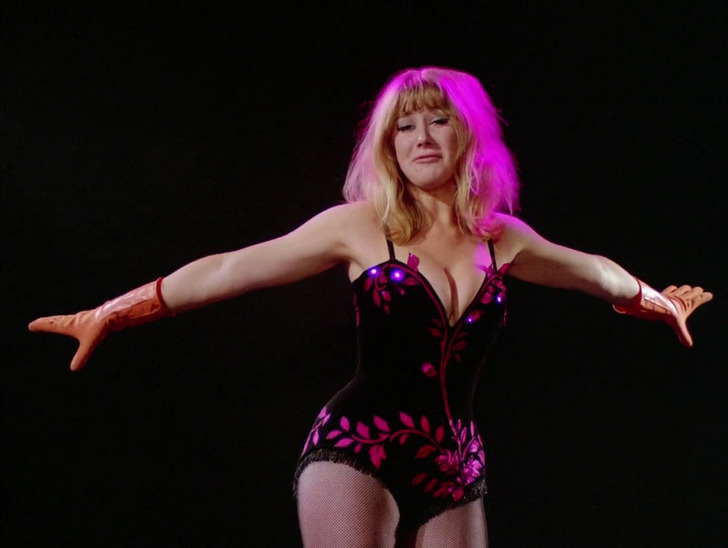
Helen Mirren embodies a beauty that goes beyond age and expectations. Her silver hair, elegantly framing her poised demeanor, reflects her acceptance of the passage of time. With eyes that sparkle with wisdom and a warm smile that tells stories of a fulfilling life, Mirren’s beauty shines from within. She challenges society’s norms by proving that beauty isn’t limited to youth; it blossoms with maturity.
Mirren’s authenticity and refusal to conform to narrow beauty standards redefine what it means to be beautiful. Beyond her stunning appearance, her inner strength and intelligence illuminate her presence. Mirren’s beauty is a symbol of confidence, embracing life’s journey, and a reminder that true allure is a unique expression of individuality that evolves over time.
2. Kim Kardashian — 96.3%

Kim Kardashian represents a modern kind of beauty that has made a huge impact on popular culture. Her perfect makeup, defined features, and toned body have set new standards in the beauty and fashion world. With captivating eyes that show both vulnerability and strength and her distinctive dark hair, Kardashian’s appeal lies in her ability to constantly evolve while still being unmistakably herself. She’s changed the way we see body shapes, embracing her curves and celebrating her uniqueness. Kardashian’s beauty is all about owning your power, confidently pushing boundaries, and setting trends that resonate with millions.
Beyond just looks, her entrepreneurial drive and influence show that beauty can lead to success. Whether it’s through makeup or expressing herself, Kardashian’s beauty story is a mix of boldness, individuality, and a pioneering spirit that has reshaped the idea of modern allure.
1. Scarlett Johansson — 96.4%
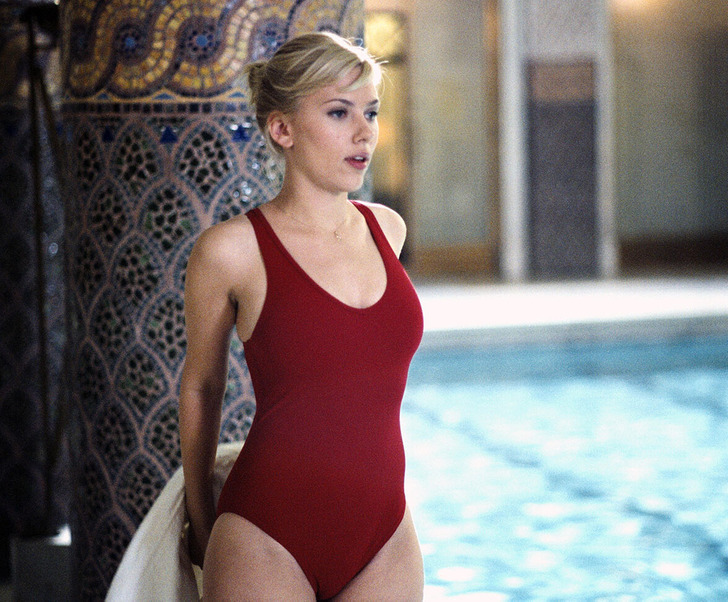
Scarlett Johansson embodies a beauty that remains captivating through different time periods. Her husky voice and mesmerizing gaze give her an irresistible charm that lasts. Her blonde hair frames a face that effortlessly switches between innocence and strength. Johansson’s beauty can’t be easily defined, as she effortlessly moves between classic elegance and edgy appeal.
But there’s more to her than just looks. Her roles in movies and her advocacy work show her intelligence and compassion. She’s changed the idea of what it means to be a modern woman by embracing her identity and fighting for gender equality. Johansson’s beauty isn’t just about what you see on the surface; it’s a complex mix of versatility, depth, and empowerment that continues to influence how people see beauty and inspires respect.
A survey was conducted to determine the 20 most beautiful women of all time. Among the top three, Marilyn Monroe claimed the 3rd spot, while Grace Kelly secured the 2nd position. As for the first place, you’ll have to read the article to uncover the winner.
Preview photo credit salmahayek / Instagram, ScreenProd / Photononstop / Alamy Stock Photo, Scoop / BBC Films and co-producers



Leave a Reply